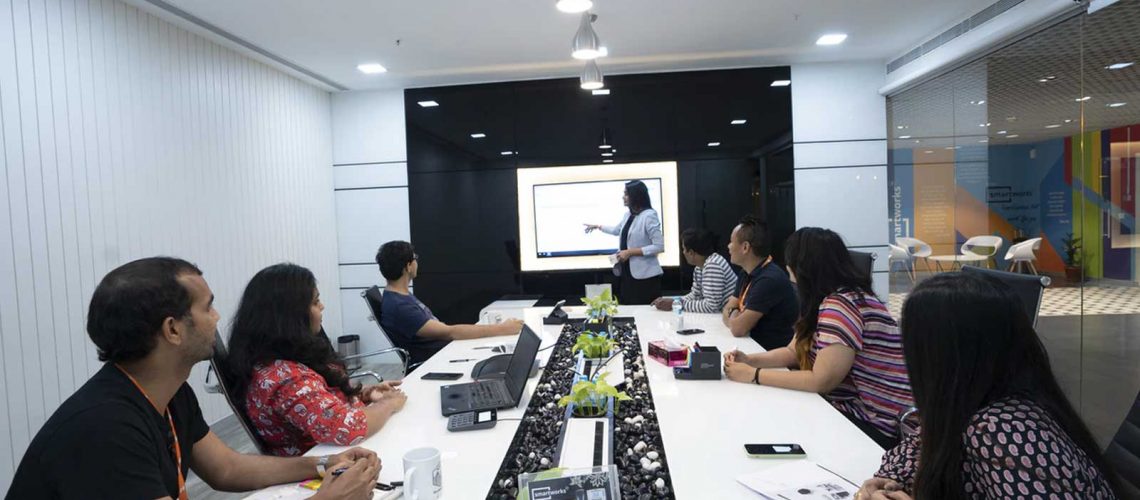Have you ever had an outstanding offsite experience where you made great progress as a team and then afterwards nothing happened and the gains were not sustained? Every time we deliver a virtual team offsite, we are asked what should be done afterwards to ensure that the progress continues. There are clear actions we can recommend so you can get the most out of the time invested at the offsite. In this blog post, we will look at some time-based milestones to reinforce the learning.
Review Action Items and Commitments in the Next Meeting.
A good team offsite ends with work on action items and next steps. Parking lot items should be documented. You should assign accountable individuals for each action item. The next meeting after the offsite is the optimal moment to review the action items and assignments. Reviewing the action items is the bridge between the offsite and normal team meetings and reminds the team that decisions made and lessons learned at the offsite are expected to be applied in normal team meetings.
Review Team Behavioral Norms Monthly.
A good team effectiveness offsite will include work on a team charter, which will include team behavioral norms. These behavioral norms often take the form of values or standards that team members are jointly responsible for enforcing. We recommend reviewing these norms monthly to keep them fresh and alive in people’s minds. This can take the form of a five-minute segment of a where. Share the norms using screen sharing and ask the team how well they are living the norms and which norm they need to improve upon.
Review Individual Commitments Monthly.
Most offsites should result in a clear developmental commitment for each individual. Offsites that do not are likely missing an opportunity to improve the team’s effectiveness, whether that was an explicit offsite goal or not. It is important to review these individual commitments periodically or individuals will forget about them. We recommend that you do this monthly. This can be a brief five-minute pair exercise at the start of a meeting with the simple prompt about what progress have you made against your offsite development area.
Refresh Team Assessment Survey Quarterly.
It is important to measure progress of your efforts to improve your team’s effectiveness. Measurement starts with establishing a baseline, which we recommend occur at the team offsite. At most of our team effectiveness offsites, we administer a 30-question survey called the Assessing in Action’s Team Effectiveness Profile (www.assessinginaction.com). Two other credible team effectiveness surveys are the Team Diagnostics Survey (www.6teamconditions.com) and one from The Table Group (https://www.tablegroup.com). What is nice about the Team Effectiveness Profile survey, which takes less than five minutes per team member to complete, is that it can be administered periodically to see how the team is progressing. We recommend that the team take the survey quarterly and take 30-60 minutes to debrief the results and make new team and individual commitments for improvement.
Reassess the Team’s Effectiveness Every 12-18 Months.
In preparation for team offsites, we typically interview each team member about a series of questions about team effectiveness and other topics pertinent to the offsite. These serve as a sound foundation for the offsite and helps get the most out of the time. Interviews are non-trivial investments in the team’s health, so we recommend that these be spaced out. We recommend conducting interviews every 12-18 months as a deeper look into the team’s health.


Comments are closed for this article!